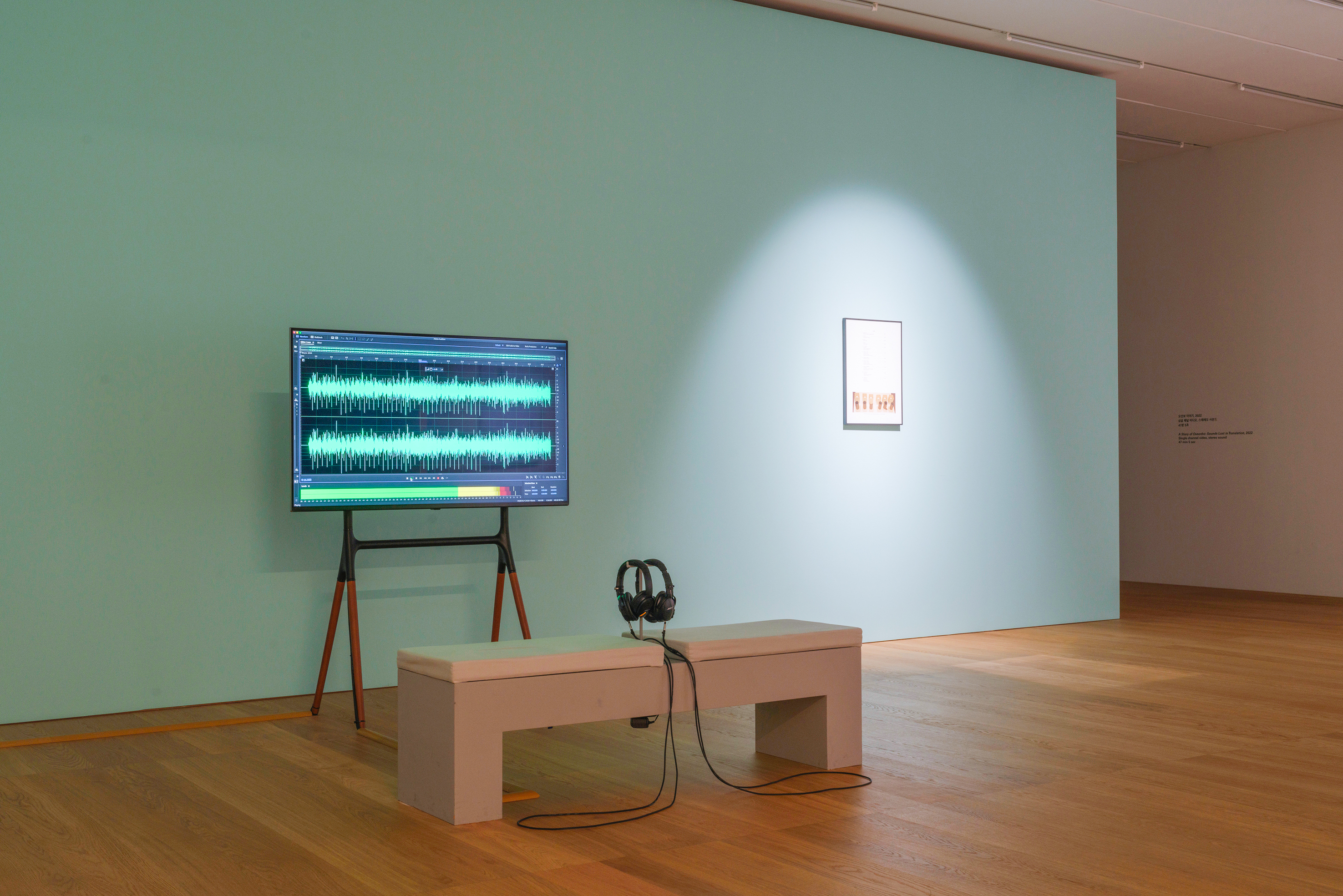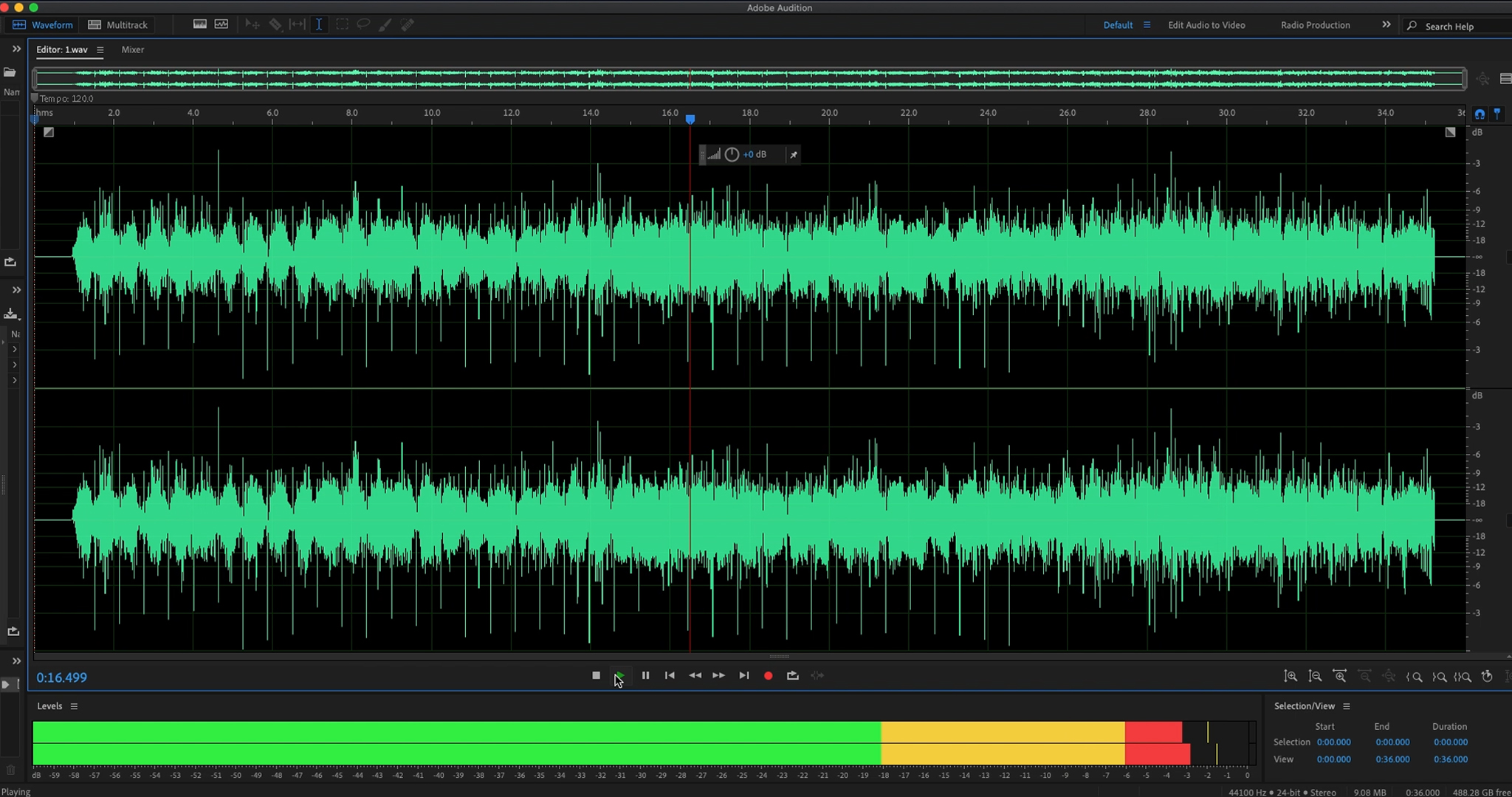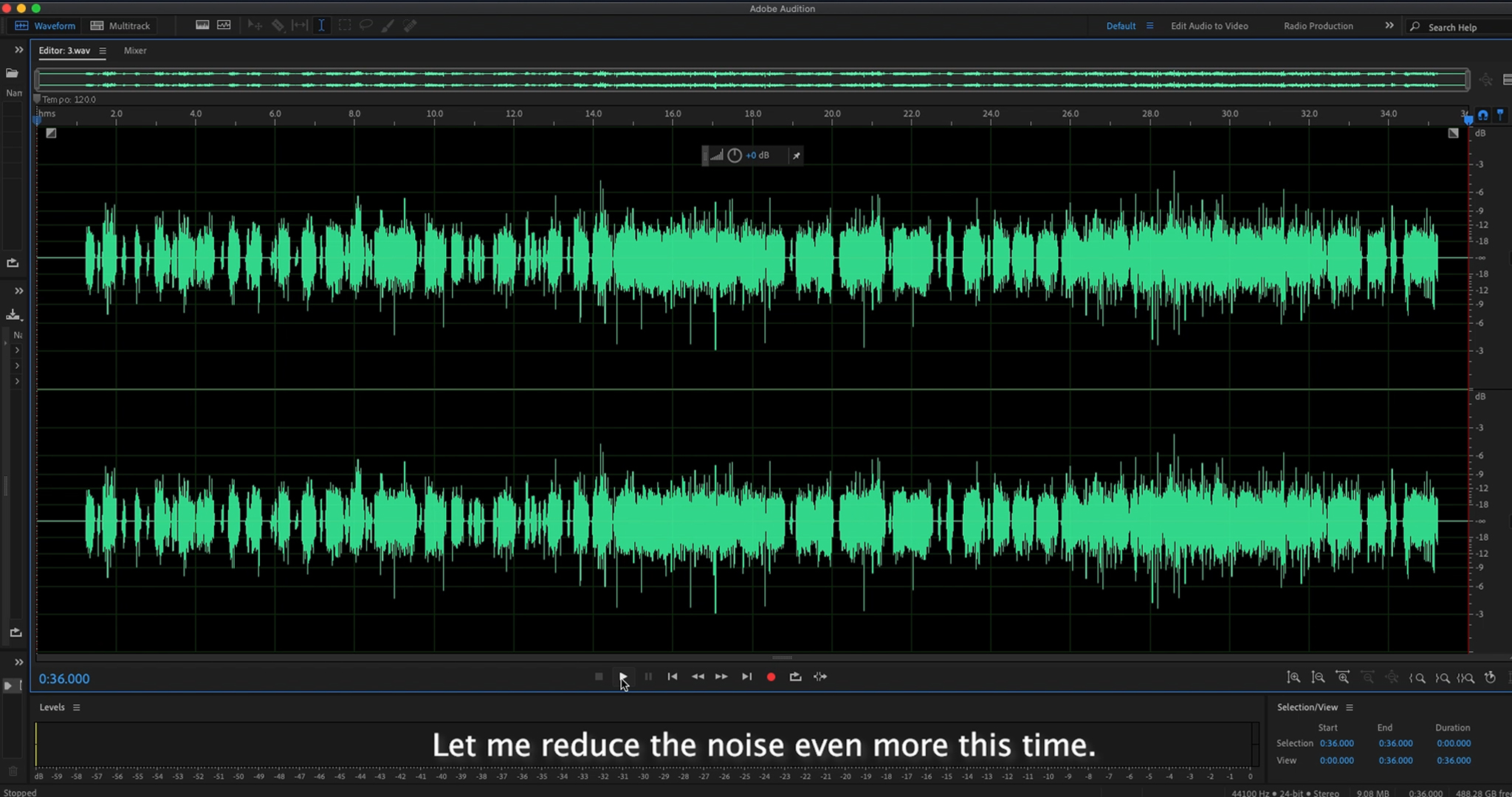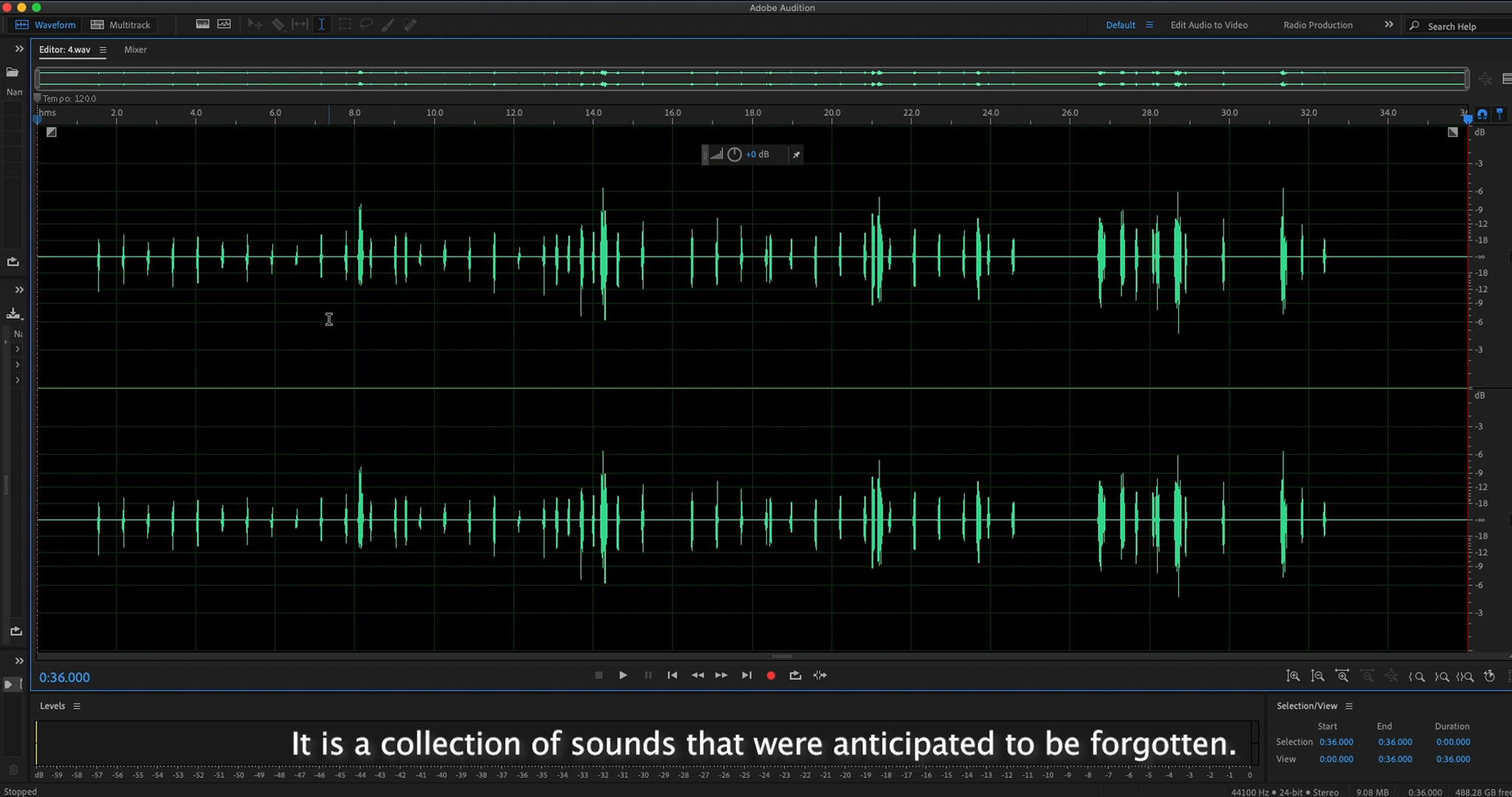To Future Listeners I
2022
Single-channel video, stereo sound
8 minutes
This work is a digital performance video that traces the sounds of the past. The narrative unfolds through a contemplation of the ethnographic recordings produced by American anthropologists in the late 19th century, who used phonographs to record the music and language of endangered indigenous peoples. The song featured in the video is Love Song: Ar-ra-rang 1, recorded on a wax cylinder in 1896 by American anthropologist Alice Fletcher, who requested its performance from three Korean students studying in Washington, D.C. This was apparently the first example in the history of Korean traditional music captured on a recording medium.
Wax cylinders are fragile and sensitive to environmental conditions, and thus, the sounds recorded on its wax surface gradually deteriorate into noise over time. In the video, I make repeated use of a noise reduction plugin to reduce the noise in the song while gradually progressing toward the past. The process aims to make the song clearer, but as the software interprets the entire song as noise, the sound becomes increasingly fragmented in an acoustic sense.
The narration in the video is adapted from excerpts of an essay by Sound Studies scholar Jonathan Sterne.
(KR)
2022
Single-channel video, stereo sound
8 minutes
This work is a digital performance video that traces the sounds of the past. The narrative unfolds through a contemplation of the ethnographic recordings produced by American anthropologists in the late 19th century, who used phonographs to record the music and language of endangered indigenous peoples. The song featured in the video is Love Song: Ar-ra-rang 1, recorded on a wax cylinder in 1896 by American anthropologist Alice Fletcher, who requested its performance from three Korean students studying in Washington, D.C. This was apparently the first example in the history of Korean traditional music captured on a recording medium.
Wax cylinders are fragile and sensitive to environmental conditions, and thus, the sounds recorded on its wax surface gradually deteriorate into noise over time. In the video, I make repeated use of a noise reduction plugin to reduce the noise in the song while gradually progressing toward the past. The process aims to make the song clearer, but as the software interprets the entire song as noise, the sound becomes increasingly fragmented in an acoustic sense.
The narration in the video is adapted from excerpts of an essay by Sound Studies scholar Jonathan Sterne.
(KR)




#1
Exhibition view of Frames of Sound (SONGEUN, Seoul, 2022). Photo: Jihyun Jung.
#2-4
Video still.
1 min video excerpt